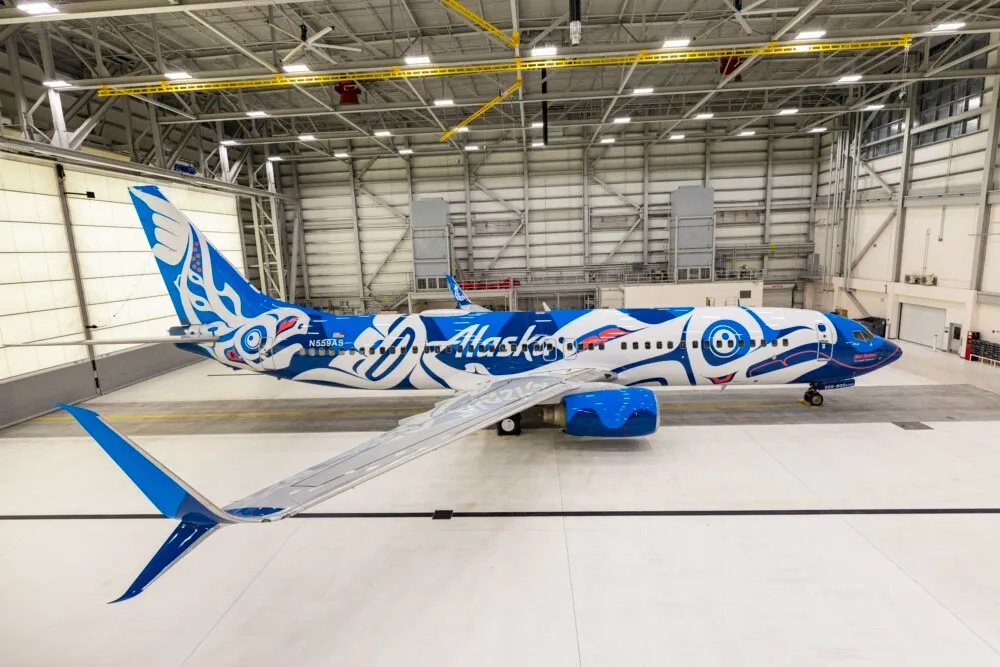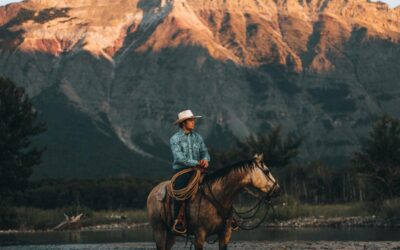This blog is about sausage rolls and an airplane painted to look like a salmon.
I once worked at a church that accidentally stumbled into explosive growth with its contemporary service. The “service,” which was really more like a very one-sided Sunday school class, started as 30 or so people in a classroom, listening to a 25-minute sermon/lecture, punctuated with youtube videos of worship songs, weekly communion, and the piece de resistance, free sausage rolls. If you are familiar with this strange North/Central Texas linguistic idiosyncrasy, these are locally called “kolaches,” a reference to a Czech pastry that is nothing like a sausage roll, except that they’re usually sold in the same bakeries.
The service quickly grew from 30, to 50, to 100, to 300, to over 500, maxing out every space it moved to. The kolache budget quickly outstripped every other expense of the service. There was an infectious magic to being part of something growing so quickly, and the pastor leading the service was as caught up in it as everyone else. He had accidentally hit upon something special and was just trying to hold on as the thing took on a life of its own.
Then March of 2020 happened. What followed is a story familiar to everyone, a bleak year of no in-person services at all, and then another painful year of re-opening and re-closing with each new wave, fights over masking, socially distanced pew assignments, and, of course, no sausage rolls.
As in-person services returned, the contemporary service gradually recovered some of its numbers, but its momentum, growth, and sense of magic felt gone. This caused a fair amount of anxiety among the leadership because they didn’t know where the magic came from in the first place. What could make that feeling come back? What was the secret sauce? How could they keep what made them special when they never knew what it was?
People blamed the change of venue, the pastor, the music, and a significant contingent of people were convinced the service losing its spark was because of the lack of kolaches. They were sure that somehow, it was the presence of pastries that were available at every donut shop in the city that motivated people to get their families up and dressed, drive all the way into the city, and be part of an hour-plus, sermon-heavy service.
Because the leadership team didn’t know what had made their service special in the first place, they didn’t know how to get that special feeling back. They were afraid to change anything, holding on to every insignificant detail of how things were, thinking that if they recreated the conditions, lightning might strike again.
Now here’s where the airplane comes in.
In 2005, Alaska Air painted a Boeing 737 to look like a salmon. It was an instant hit. Known lovingly as Salmon Thirty Salmon, the plane became an icon of the Alaskan skies. When the original Salmon Thirty Salmon had to be retired in 2012, they recreated the paint job on a newer plane so it could stay in the fleet longer.
As Salmon Thirty Salmon 2.0 was set to be retired, Alaska Air took a risk. They hired a local indigenous artist Crystal Worl to create a new design. Why Crystal? Because other than specializing in the formline art native to the area, Worl also liked to create large-scale pieces. And a 737 is a pretty large scale.
Worl created a formline salmon design that celebrates salmon’s role in Alaska, highlights native art forms, and is simply gorgeous. The new design received widespread celebration from fans of the airline, Alaska, salmon, and native artwork.*

Here’s why we’re talking about the salmon airplane:
Because Alaska Airlines knew what was special about the Salmon Thirty Salmon. They didn’t try to desperately hold on to the one thing that they knew worked, they didn’t abandon what had won people over, but they understood that the unique, local, slightly quirky airplane resonated with their customers and their community. And they used it. Not just to highlight and advance their brand but to celebrate Native American artists and culture.
We can claim and hold fast to what makes us us without stifling innovation or keeping our community stuck in its ways. If we understand what makes our community special, what defines who we are, those characteristics can actually serve as an anchor as we launch into new waters, making you actually freer to grow and expand without losing sight of what caused the magic in the first place.
When you look at the organization or community you lead, what makes it special? Where does it locate its identity? Not some committee-crafted formal statement of mission or slick marketing jargon ( a “Welcome Home” banner or a mission to “make disciples of all nations” is lovely, but it does not make you special). What is your Salmon Thirty Salmon? What is the weird, special, heart-held thing that defines your community? And how can you celebrate it? How can you use that identity marker to invite your community into its next chapter?
We would love to hear about the weird, special Salmon Thirty Salmon’s of your community and celebrate all the ways that God has created wonderful, strange places of belonging all over the world. Shoot us an email or drop a comment, and we’ll feature your community, organization, or enterprise on social media in the upcoming weeks!
*Information for this post came from this article shared with me by MINC’s resident airplane enthusiast, John Harrell.




0 Comments